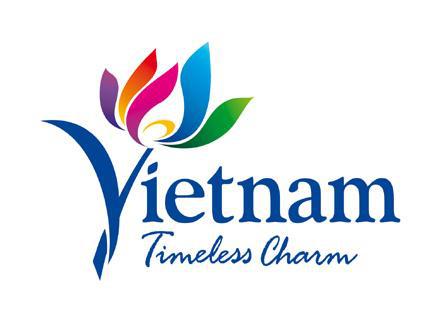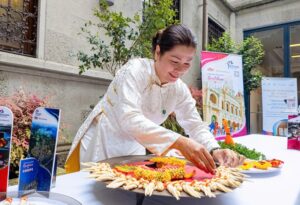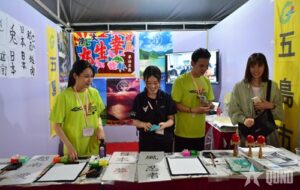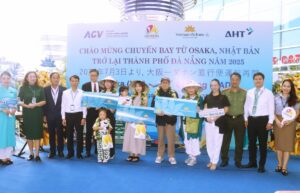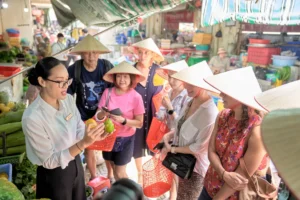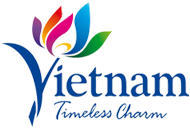From July 1, 2025, the conclusion of district-level administrations has produced wide-reaching impacts across all sectors, including tourism management. In this new context, Lang Son’s tourism sector has focused on completing essential tasks to ensure seamless and coordinated tourism management operations.

Tourists view artifacts in display area of Na Duong basin, Na Duong town, Loc Binh district (photo taken May 2025)
Currently, the province has 54 officially recognized tourist sites. The elimination of district-level administrations has had a tangible impact on spatial development and the tourism brand of each area.
Mr. Nguyen Dang An, Director of the Department of Culture, Sports and Tourism (DOCST), said: “Administrative restructuring and implementation of a two-tier local government system is a major, strategic initiative by the Party and State aimed at optimizing administration, enhancing effectiveness and efficiency. For tourism, this presents both challenges and opportunities for Lang Son to achieve a breakthrough and develop more sustainably. We have already begun reviewing and proposing adjustments to objectives, tasks, and solutions in the provincial tourism development plan toward 2030, with a focus on defining the newly formed administrative units that contain provincial-level tourist sites. This is crucial as it will reshape management, investment, and product development under an integrated and holistic vision.”
Following directions from the Ministry of Culture, Sports and Tourism and the Provincial People’s Committee for review and adjustment of administrative units with respect to tourism, the DOCST has advised and implemented relevant tasks within its jurisdiction.
Since May 2025, the DOCST has tasked the Tourism Management Division to coordinate with district/city culture, science, and information divisions to identify new administrative units with provincial-level tourist sites. To date, the It has issued official guidance on functions, tasks, and authority of the Culture–Social Affairs Division under new commune-level People’s Committees, including in tourism.
Mr. Khong Hong Minh, Vice Chairman of Huu Lien commune, said:“Following guidance from the DOCST, we have studied and taken on some tourism management authorities-for example, assessment of infrastructure in accomodation facilities and homestays has been handed to the commune’s Culture–Social Affairs Division. Notably, regarding the use of the “Dong Lam – Huu Lien Tourism” certification mark, we have proposed to the Department of Science and Technology to request the Intellectual Property Office to extend its recognized scope to match the new administrative boundaries of Huu Lien commune.”
As tourism territories are redefined, local tourism policies must also be updated to develop distinctive brands. Ms. Pham Thi Thuan, Head of the Culture-Social Affairs Division of Dong Kinh ward, emphasized: “We conducted a comprehensive survey and assessment of the tourism resources within our new ward-including policy frameworks, development status, targets, tasks, and solutions-to ensure smooth tourism management. The new Dong Kinh ward comprises the entire natural area and population of Vinh Trai ward, Dong Kinh ward, and Mai Pha commune (formerly in Lang Son city), which excel in cultural and spiritual tourism, as well as Yen Trach commune (formerly in Cao Loc district), which is strong in ecotourism and agro-tourism. Based on these realities, our tourism strategy will align with the “Lang Son Provincial Tourism Development Plan to 2030” while preserving major tourist values.”
Following the review and re-evaluation of tourism resources after the district-level change, businesses and tour operators are already prepared to collaborate with the new communes and wards in promotion efforts and in building new tourism products.
Mr. Ngo Manh Tung, Vice Chairman of the Provincial Tourism Association, stated: “The administrative adjustment is challenging, but also a good opportunity for localities to create new tourism routes, enrich product offerings, and enhance destination value. However, effective tourism development hinges on mechanisms and policies. I believe that the new communes and wards must quickly stabilize their management apparatus and develop specific tourism policies in light of expanded boundaries and resources. They must coordinate with travel businesses to design market-relevant routes and destinations, and implement professional digital-based promotion and communication activities.”
With the proactive efforts of all levels and the consensus of organizations and individuals, we believe Lang Son will fully harness its tourism potential, making tourism a key contributor to the province’s sustainable development in this new period.
Source: Lang Son News – baolangson.vn – Jul 2, 2025
